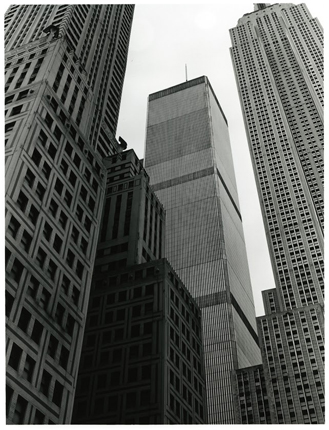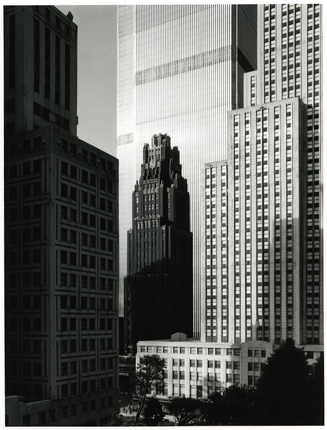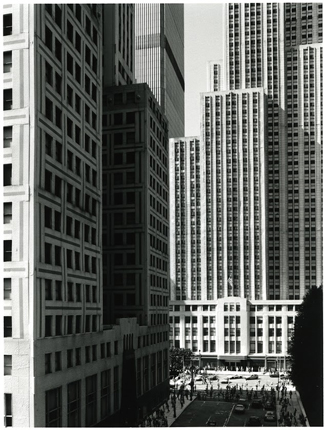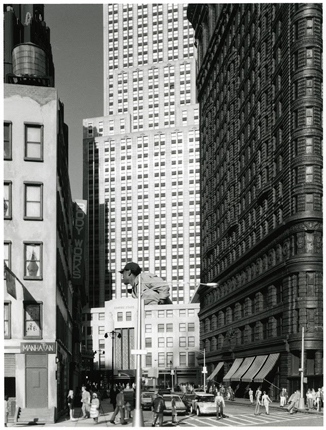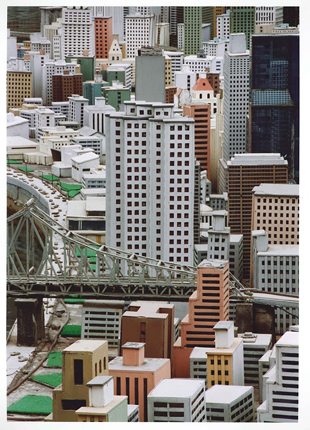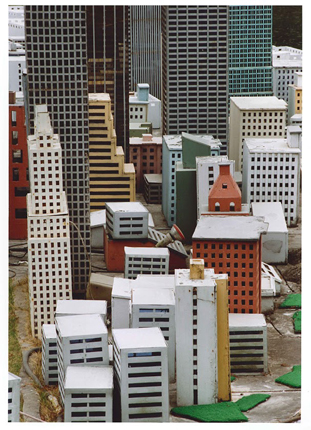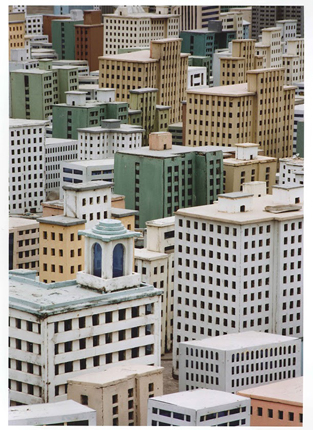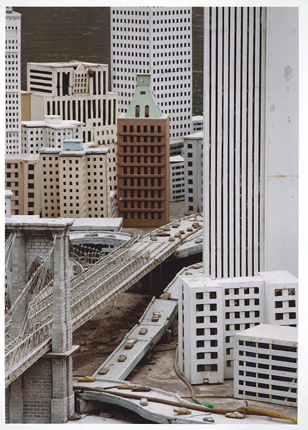This series of works, commissioned by the Canadian Architecture Centre, are an attempt to investigate how architecture and three-dimensionality can be translated onto a flat surface.
“During the period in which l invited Naoya Hatakeyama to the Tangent project at the Canadian Center for Architecture in Montréal, he produced many works on architecture. He could surely have spent many years with the collection. [...] Then he chose several photographs of models which distractingly stage, mount or collage what is built. A model equals photography in the sense that it simulates a perfect future. [...]
Models are philosophical toys, as we know from Charles Baudelaire, or else strategic ordeats. With their help the world is pre-built, taken to limits, placed in scales which enabte man, by exerting his powers of imaginatlon, to project into reality what is captured in the small format. [...]
The city park in Shenzen, China, goes by the nice nome of Window of the World and invites us to a playful view into the vertical box-world of New York. [...]
Things are very dtfferent in the series on the theme park Tobu World Square, in Kinugawa, Tochigi, with its famous buildings from all over the world gathered into a big city in the astonishing scale of 1:25. The hyper-realism of the depiction, the precise proportions, the equipping of the city with figures, cars and trees, make this model city an extraordinary spectacle in which life seems to be frozen, as if, before Naoya started directing his light into it, the whole city got caught in the eye of the Gorgon. [...] Like Gulliver, Naoya will have carefulty placed himself into a horizontal position, and his gaze must have seemed to the figures like a double full moon. the lens like the eye of the Cyclops, who, for a second time, takes the life of the model’s shadow world. The conspicuous precision of the detail is frightening and the viewer of these images feels both admiration at the scrupulousness of the execution and fear of being himself only a model for one of these llttle figures. Each of these photographs is also a mise-en-abyme of photography, an actual world of mirrors where life is disfigured by resemblance.”
excerpt from Hubertus von Amelunxen, senior visiting curator at Canadian Centre for Architecture 2001-2007, ‘Naoya Hatakeyama; Scales’, Foam Magazine, Winter 2009, #21, pp. 175-194

